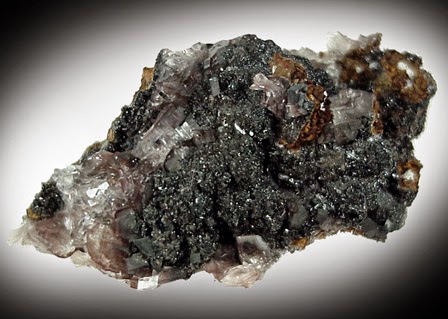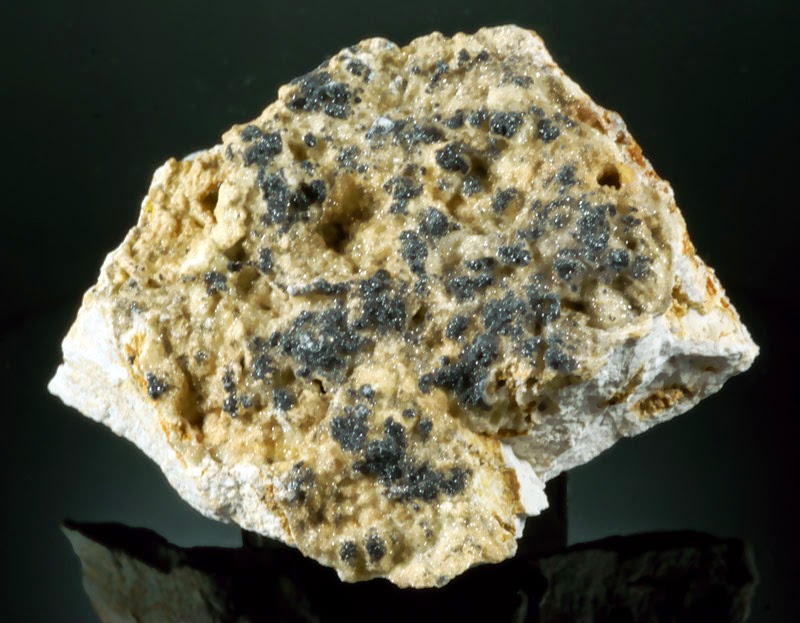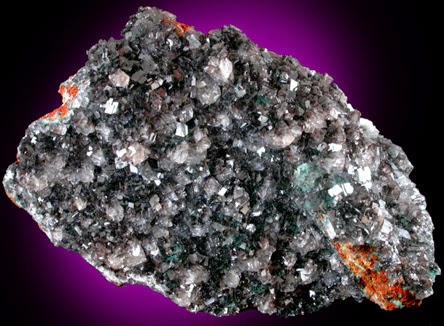
Locality: Leadhills, Lanark, Scotland
Name Origin: Named after the German metallurgist, K. F. Plattner (1800-1858).Plattnerite is an oxide mineral and is the beta crystalline form of lead dioxide (β-PbO2), scrutinyite being the other, alpha form. It was first reported in 1845 and named after German mineralogist Karl Friedrich Plattner. Plattnerite forms bundles of dark needle-like crystals on various minerals; the crystals are hard and brittle and have tetragonal symmetry.
Occurrence
Plattnerite is found in numerous arid locations in North America (US and Mexico), most of Europe, Asia (Iran and Russia), Africa (Namibia) and Southern and Western Australia. It occurs in weathered hydrothermal base-metal deposits as hay-like bundles of dark prismatic crystals with a length of a few millimeters; the bundles grow on, or sometimes within various minerals, including cerussite, smithsonite, hemimorphite, leadhillite, hydrozincite, rosasite, aurichalcite, murdochite, limonite, pyromorphite, wulfenite, calcite and quartz.
History
Discovery date : 1845
Town of Origin : LEADHILLS, LANARKSHIRE
Country of Origin : ECOSSE
Optical properties
Optical and misc. Properties : Fragile, cassant – Opaque – Translucide – Macles possibles –
Reflective Power : ~13%
Physical properties
Hardness : 5,50
Density : 9,42
Color : black; brownish black; black grey
Luster : bright metallic; adamantine; unpolished
Streak : brown
Break : conchoidal
Cleavage : NO
Photos :












